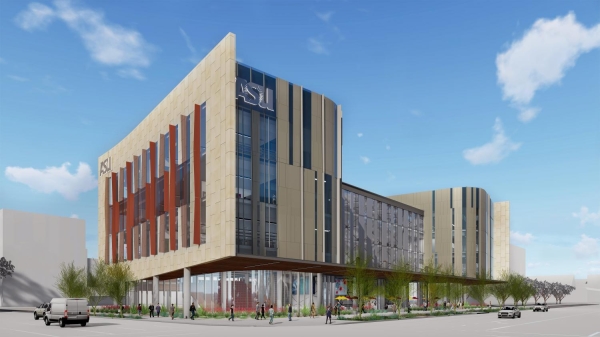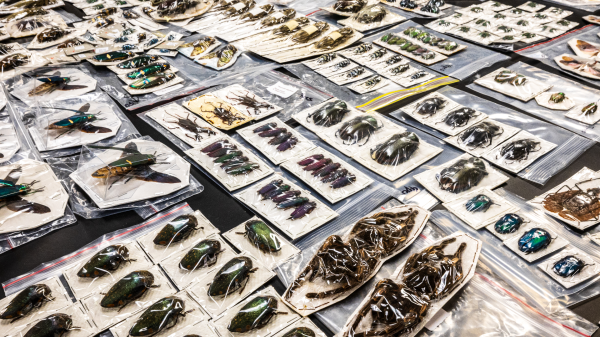Big possibilities in brain-computer interface
An Arizona State University research team led by Stephen Helms Tillery is working with the Children’s Neuroscience Institute at Phoenix Children’s Hospital on advances in brain-computer interface technology.
The goal is to help people who have lost movement and communication abilities due to severe brain disorders caused by spinal cord injury, stroke, severe cerebral palsy, amyotrophic lateral sclerosis, or similar neurological disorders.
Researchers are refining an interface system that enables people to use their own brain signals to communicate or interact indirectly with their environment by controlling a computer.
Helms Tillery, an assistant professor in the School of Biological and Health Systems Engineering, one of ASU’s Ira A. Fulton Schools of Engineering, was interviewed about the research and the potential of this technological progress.
Article source: KAET-Channel Eight HorizonMore ASU in the news

ASU makes progress toward establishing new medical school, could admit students by 2026

How to Make Urban Agriculture More Climate-Friendly
